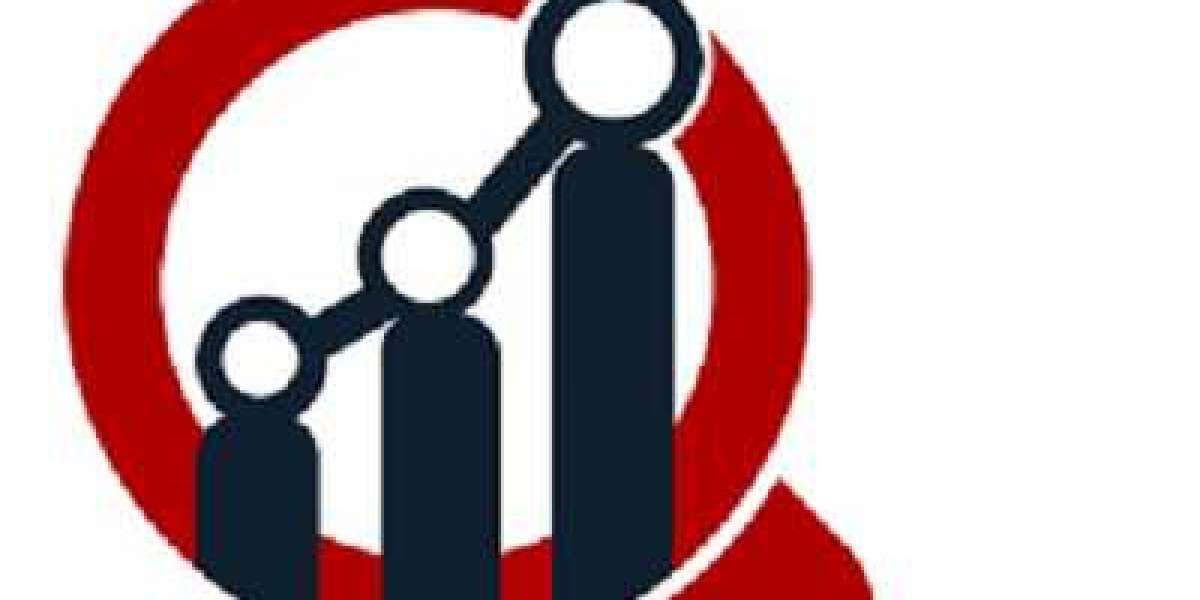The International Baccalaureate Diploma Programme (IBDP) offers students a challenging and rewarding academic experience. Among its diverse subjects, SL Economics (Standard Level Economics) is both popular and intellectually stimulating. It introduces students to economic theories, real-world applications, and analytical thinking skills that are vital for navigating today’s global economy.
This article explores what SL Economics involves, how to approach the course, tips for mastering key topics, and how students can prepare effectively for both internal and external assessments.
What Is SL Economics?
SL Economics is one of the Group 3 (Individuals and Societies) subjects in the IBDP. The course aims to provide students with a comprehensive understanding of microeconomic and macroeconomic theory, as well as real-world international and development economics.
Unlike the Higher Level (HL) version of the course, SL Economics has a slightly reduced syllabus and only two externally assessed examination papers, as opposed to three in HL. However, the core ideas and skills required remain equally rigorous.
Structure of the SL Economics Course
The SL Economics course is divided into four main sections, all of which are assessed in the final examination and through internal assessment (IA):
1. Microeconomics
This section focuses on:
Demand and supply
Market equilibrium
Elasticities
Government intervention (taxes, subsidies, price controls)
Market failure
Externalities and public goods
Students learn how individual markets operate and how various stakeholders interact within them.
2. Macroeconomics
This section includes:
Measuring national income (GDP, GNI, etc.)
Economic growth
Inflation
Unemployment
Fiscal policy and monetary policy
Supply-side policies
The emphasis is on understanding the overall functioning of national economies.
3. International Economics
Topics in this unit include:
Trade and protectionism
Exchange rates
Balance of payments
Economic integration (e.g., EU)
World Trade Organization (WTO)
Students explore how countries interact economically and the effects of globalization.
4. Development Economics
Here, students study:
Economic development indicators
Barriers to development
Strategies for growth and development
The role of aid and debt
International development organizations
This section challenges students to apply economic theory to real issues in developing nations.
Internal Assessment in SL Economics
One unique aspect of SL Economics is its internal assessment (IA), which contributes 30% to the final grade.
What the IA Includes:
Students must write three commentaries based on news articles that relate to microeconomics, macroeconomics, and international or development economics.
Each commentary must be a maximum of 800 words.
Students must apply relevant economic theory and diagrams to real-world events.
Tips for a Strong IA:
Choose articles that are no more than a year old and are rich in economic content.
Focus on analysis and evaluation, not just description.
Use diagrams and label them correctly.
Link economic theory directly to the article throughout.
How SL Economics Is Assessed
Paper 1: Extended Response (1 hour 15 minutes)
Two sections, each with a choice of one out of two questions.
One section covers microeconomics, the other covers macroeconomics.
Students must write structured essays, using diagrams and real-life examples.
Paper 2: Data Response (1 hour 45 minutes)
Students choose one out of two questions, typically on international or development economics.
Questions are based on economic data provided.
Students must demonstrate the ability to interpret and apply economic models.
Study Tips for SL Economics
1. Master the Diagrams
Economic diagrams like the supply and demand curve, AD/AS model, Laffer Curve, and Phillips Curve are essential. Label them correctly and understand what they represent.
2. Understand Key Terms
Economics has a rich vocabulary. Definitions should be precise and memorized with examples (e.g., opportunity cost, inflation, subsidy).
3. Apply to Real-World Situations
Whenever you learn a theory, try to apply it to a current event or issue in your country or the world.
4. Practice Essay Writing
SL Economics places a strong emphasis on extended responses. Practice writing full essay answers with a clear structure:
Introduction with definitions
Diagram with explanation
Analysis of effects
Evaluation of pros and cons
Conclusion with balanced judgment
5. Review Past Papers
Use past exam papers to familiarize yourself with the format, types of questions, and timing. This also helps identify areas where you need more revision.
Common Mistakes to Avoid
Ignoring the command terms: Words like "evaluate," "discuss," and "explain" have specific meanings in IB Economics and should guide your response structure.
Incomplete diagrams: Diagrams must have clear labels, axes, curves, and equilibrium points. Examiners award marks for presentation and clarity.
Overgeneralizing: Avoid vague statements like “this is good for the economy.” Always explain why something happens and how it impacts various stakeholders.
Neglecting evaluation: A strong economics answer always includes both sides of an issue and a reasoned conclusion.
Resources for SL Economics Success
While your course textbook is essential, many other resources can help:
Economics revision guides specifically for IB students
Online economics blogs or articles for real-world applications
Flashcards for definitions and key terms
YouTube channels and podcasts for visual learners
Model IA examples to understand expectations
Final Thoughts
SL Economics is a dynamic and rewarding subject that blends theory with practice. Whether you're discussing inflation trends, evaluating trade policies, or writing about a government subsidy in your IA, the course challenges you to think critically and apply knowledge to the world around you.
Success in SL Economics comes from consistent study, real-world curiosity, and the ability to communicate ideas clearly through structured answers and relevant examples. With thorough preparation and smart use of notes, practice questions, and feedback, any student can excel in this subject and carry its insights far beyond the classroom.








